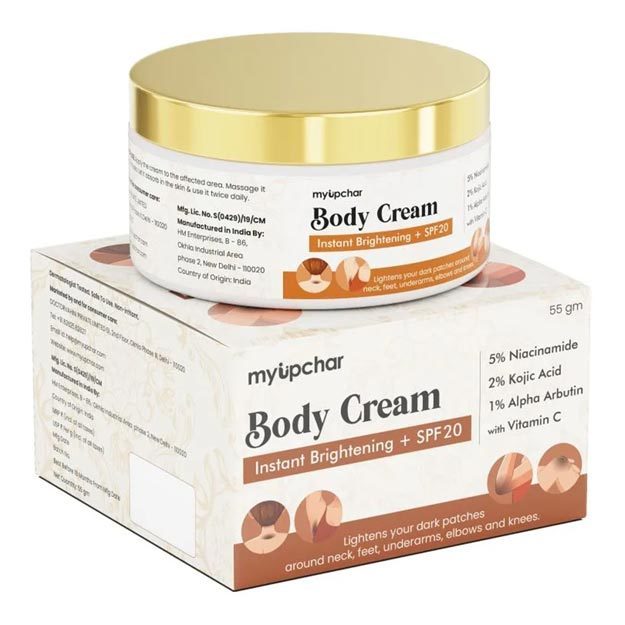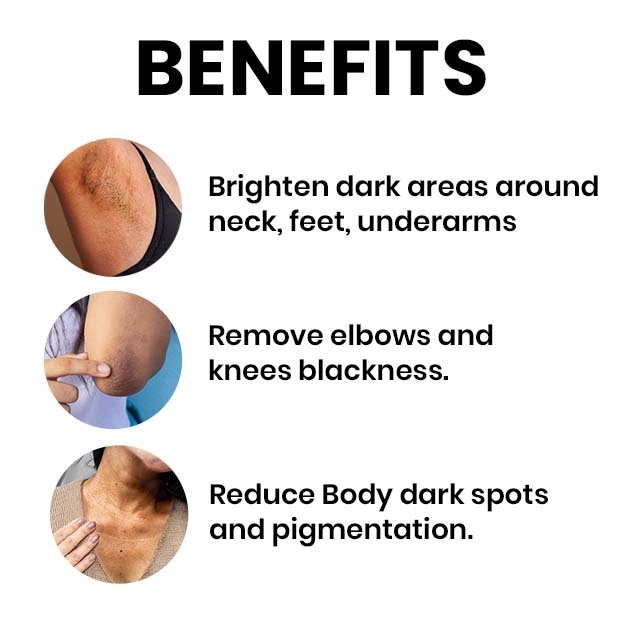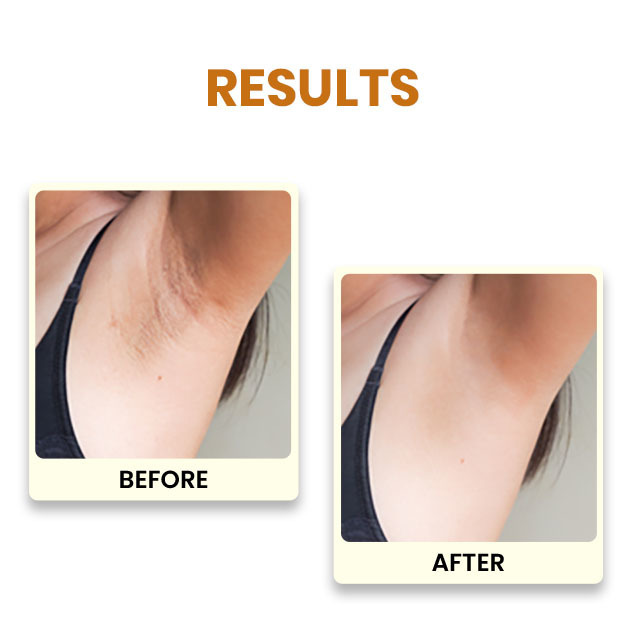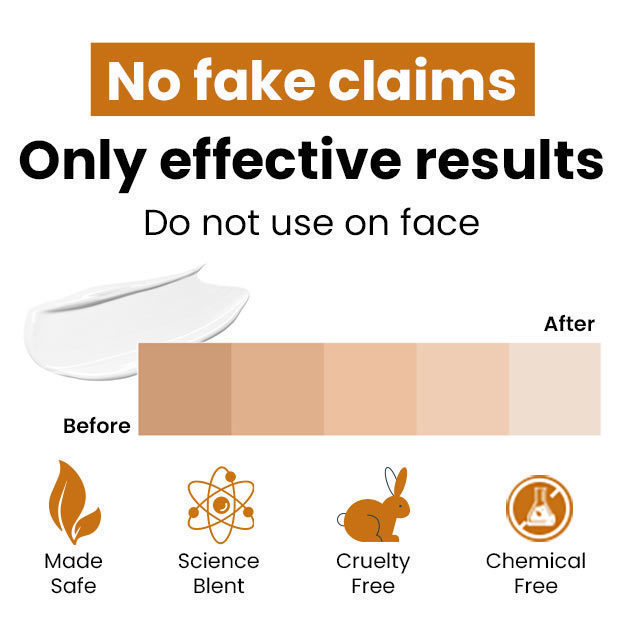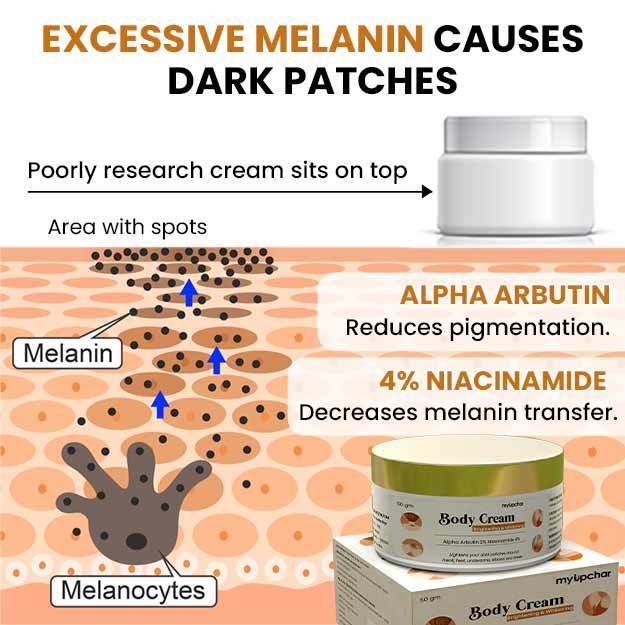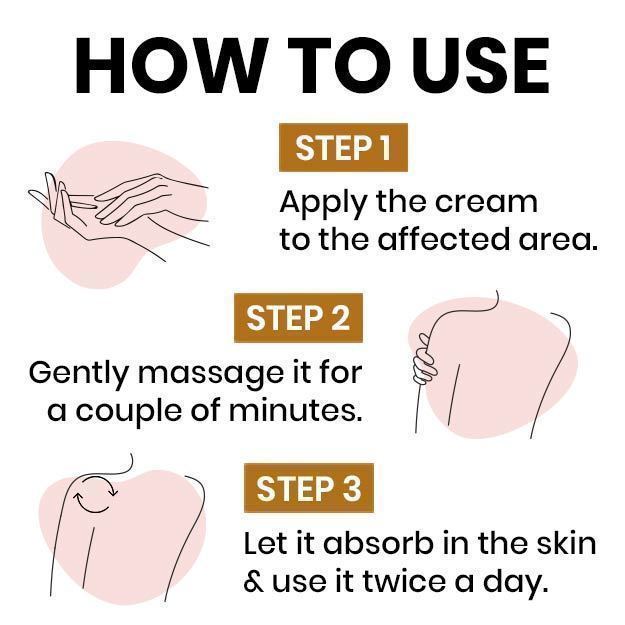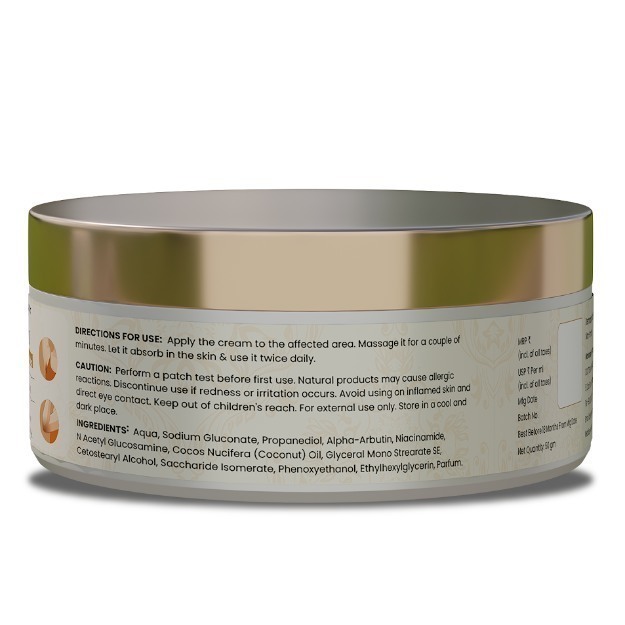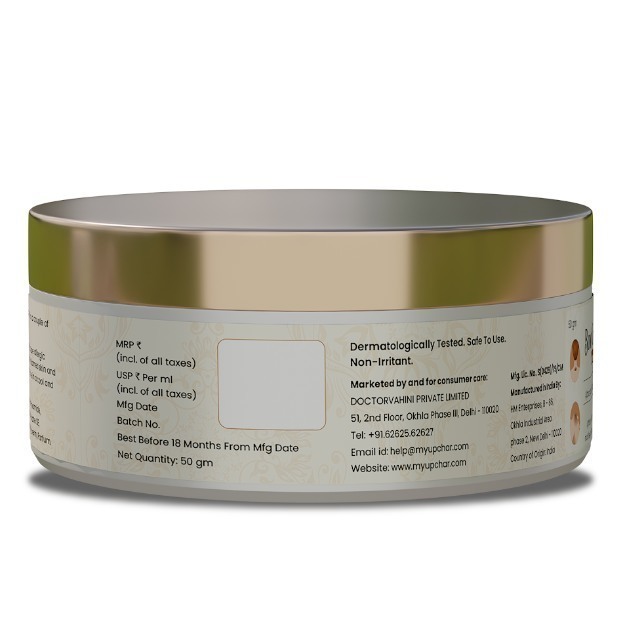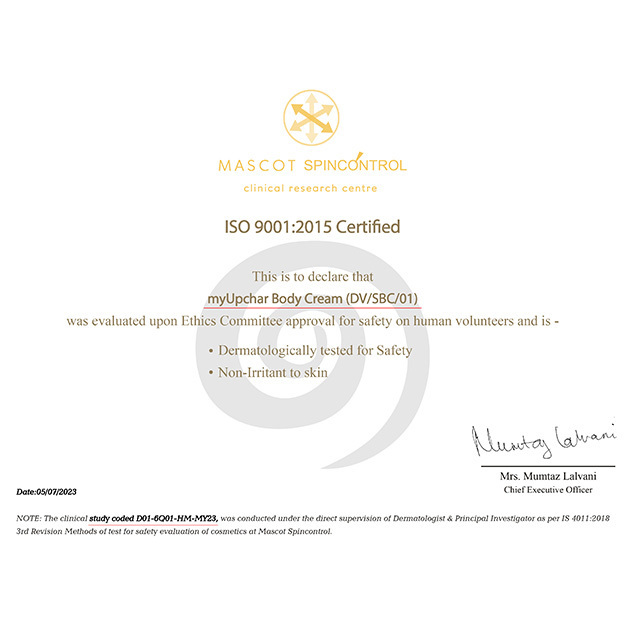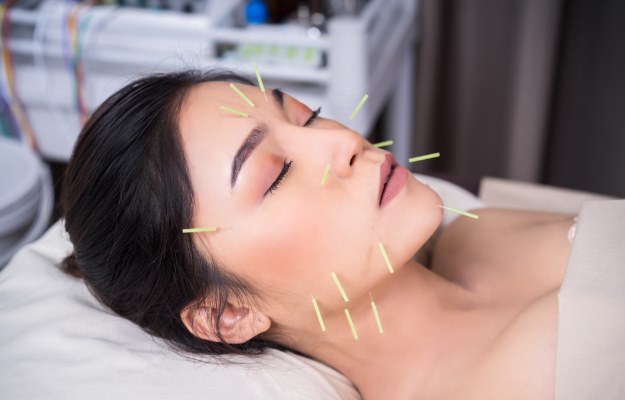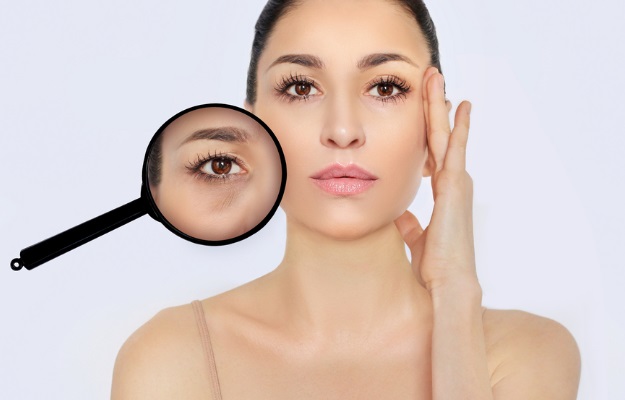Wrinkles, medically known as rhytids, are a natural part of ageing. As you age, creases, folds and ridges in your skin appear. The primary reason why this happens is that the skin tends to become thinner and loses its suppleness and elasticity over time. The first areas where wrinkles tend to appear are on the face and neck. This is not only because these areas are most exposed to sunlight but also because the skin here naturally folds during facial expressions, stretching the skin more frequently throughout your life.
The other areas where wrinkles are likely to appear are the back of the hands, arms and any other body parts that have a higher exposure to sunlight. Most wrinkles, as mentioned before, come from ageing. However, there are environmental and lifestyle factors that may speed up this natural process and make wrinkles emerge before their time.
(Read more: Home remedies for wrinkles)
Frequent exposure to sunlight is not only one of the leading causes of early wrinkles but also for dark spots and increased risk of skin cancer. This apart, smoking, tobacco use, alcohol abuse, stress and not maintaining a nutritious and balanced diet can lead to premature ageing of your skin. Life stages like pregnancy can also lead to wrinkles and stretch marks appearing on your stomach and abdomen. Obesity, weight gain and weight loss can lead to wrinkling as well.
Are you also troubled by obesity and are not able to lose weight even after a lot of efforts, then start using myUpchar Ayurveda Medarodh Weight Control Tablet today and control your weight.
(Read more: How to remove stretch marks)
Given these factors that can contribute to wrinkles appearing prematurely, people tend to look for methods to avoid it. This is precisely the reason why the global anti-ageing product market has seen a boom in the last few decades. However, there are many natural and lifestyle methods to prevent excessive wrinkling of the skin which you can use. In this article, you can find out what are the major causes behind wrinkles, how to treat wrinkles and how to prevent wrinkles from forming prematurely.


